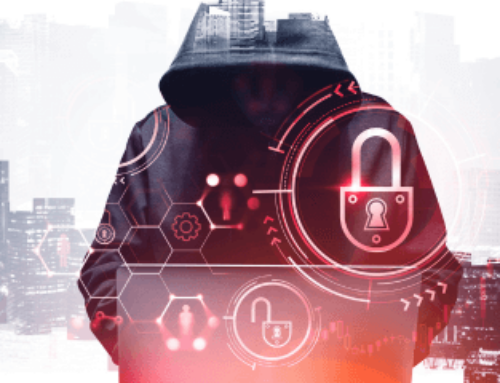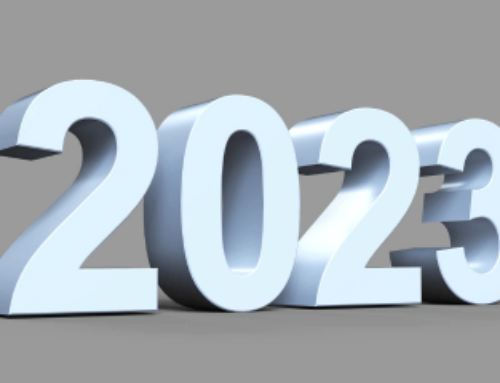The American Medical Association’s CPT Editorial Panel has established several new codes that impact sleep medicine, including two Current Procedural Terminology (CPT) codes to report online cognitive behavioral therapy (CBT) services, three CPT codes to report hypoglossal nerve stimulator services, and one code to report drug induced sleep endoscopy (DISE). The AMA/Specialty Society Relative Value Scale Update Committee (RUC) also has submitted recommended values to the Centers for Medicare & Medicaid Services (CMS).
Standardized Online Digital Cognitive Behavioral Therapy
The AASM worked in cooperation with the American Academy of Child and Adolescent Psychiatry (AACAP), American Psychiatric Association (APA), American Psychological Association (APA), American Society of Addiction Medicine (ASAM), and the National Association of Social Workers (NASW) on creation of the codes for digital CBT. These services offer patients remote access to cognitive behavioral therapy interventions through web-based programs or applications featuring videos, interactive exercises, and/or artificial intelligence (AI) technology for many indications, including insomnia. The new technology codes are not reimbursable but are used to track utilization.
| Code | Descriptor |
|---|---|
| 0X47T 0X81T |
Accepted addition of codes 0X47T to report a standardized online digital cognitive behavioral therapy program and 0X81T to report the management services performed by a physician or other qualified health care professional |
Hypoglossal Nerve Stimulator Services
The new hypoglossal nerve stimulator codes have been established to capture the implantation, replacement, and removal of hypoglossal nerve stimulator services. Hypoglossal nerve stimulation benefits patients with obstructive sleep apnea by stimulating the hypoglossal nerve in a rhythm that matches the patient’s breathing. This stimulation pushes the tongue forward, helping to keep the patient’s airway clear during sleep.
| Code | Descriptor |
|---|---|
| 645X1 | Open implantation of hypoglossal nerve neurostimulator array, pulse generator, and distal respiratory sensor electrode or electrode array |
| 645X2 | Revision or replacement of hypoglossal nerve neurostimulator array and distal respiratory sensor electrode or electrode array, including connection to existing pulse generator.
(Do not report 645X2 in conjunction with 645X1, 645X3) (For revision or replacement of either the hypoglossal nerve stimulator electrode array or distal respiratory sensor, use modifier 52) (For replacement of pulse generator, use 61886) |
| 645X3 | Removal of hypoglossal nerve neurostimulator array, pulse generator, and distal respiratory sensor electrode or electrode array
(Do not report 645X3 in conjunction with 645X1, 645X2, 61888) (For removal of one or two components of the hypoglossal nerve stimulator electrode array, pulse generator, or distal respiratory sensor, use modifier 52) |
Drug Induced Sleep Endoscopy
A new code has been established to capture drug-induced sleep endoscopy (DISE), the diagnostic tool used to examine on real time the airway of a sleeping patient with obstructive sleep apnea. DISE can benefit patients by improving surgical outcomes, minimizing the extent of surgery, or eliminating the need for surgery.
| Code | Descriptor |
|---|---|
| 42XXX | Drug induced sleep endoscopy, with dynamic evaluation of velum, pharynx, tongue base, and larynx for evaluation of sleep disordered breathing, flexible, diagnostic
(Do not report 42XXX in conjunction with 31575, 92511) (Do not report 42XXX in conjunction with 31231, unless performed for a separate condition [i.e., other than sleep disordered breathing] and using a separate endoscope) |
The AASM is committed to keeping its members informed about code changes that may impact reimbursement for sleep medicine services. Questions about these code families may be sent to coding@aasm.org.
Get more information about sleep medicine coding and reimbursement.









